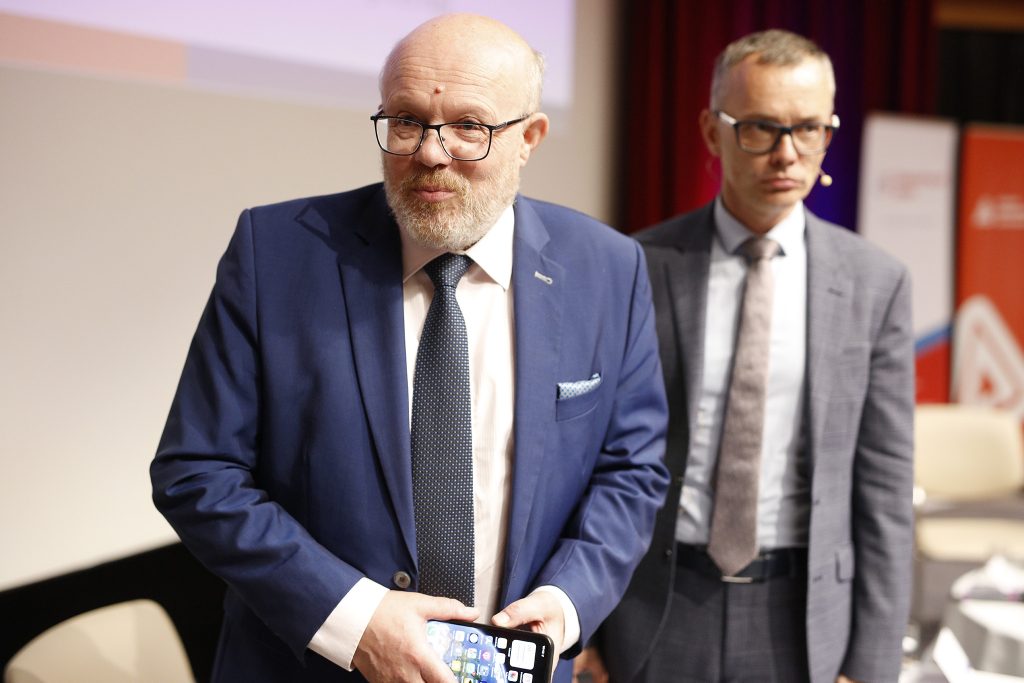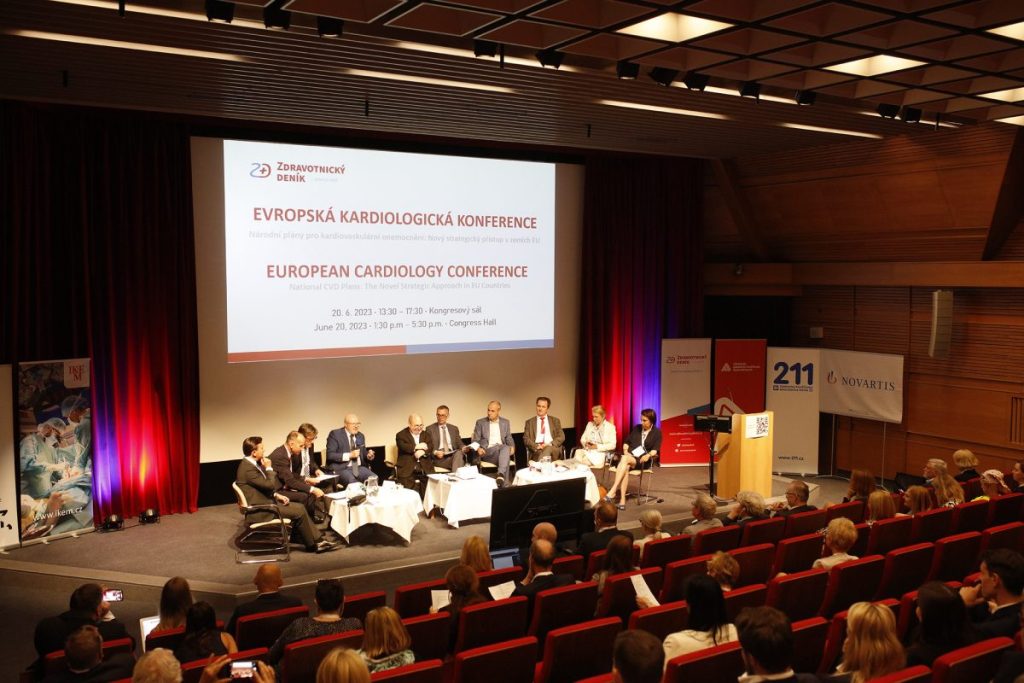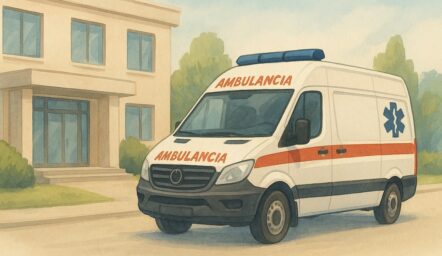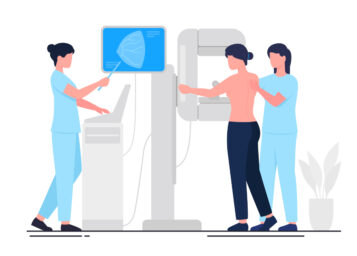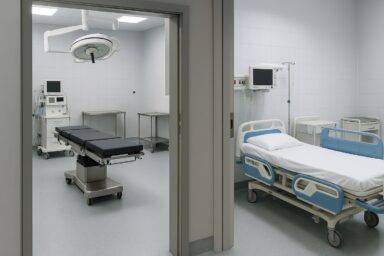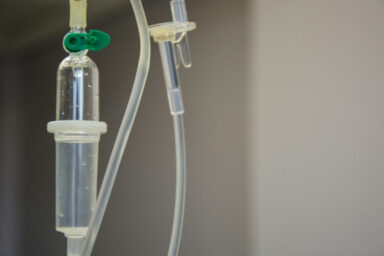The sharing of best practices and patient health data should soon be ensured by the new digital health data sharing platform EHDS, which will become the primary mechanism for the whole European Union. The proposal, which is currently being discussed by the European Parliament, should contribute to improving healthcare while offering professionals, industry and national authorities the opportunity to work with huge amounts of data. „This is the game we are in and we need to get on board right now,“ said Donna Fitzsimons, co-chair of the advocacy committee of the European Society of Cardiology (ESC), at the European Cardiology Conference hosted by the Healthcare Daily at the IKEM in Prague.
According to the co-chair, although digital platforms that work with patient data are in place in all European countries, the fact that these platforms do not communicate with each other is problematic, making it impossible to analyse and use the data afterwards. “Cardiovascular disease affects every aspect of human life. It is an issue that should be represented in all policies. We need to make sure that politicians understand the transversal impact of cardiovascular disease,“ Fitzsimons stressed during her opening speech. The impulse for representatives of the political spectrum, she said, should come precisely from shared data on the health status of Europe’s population.
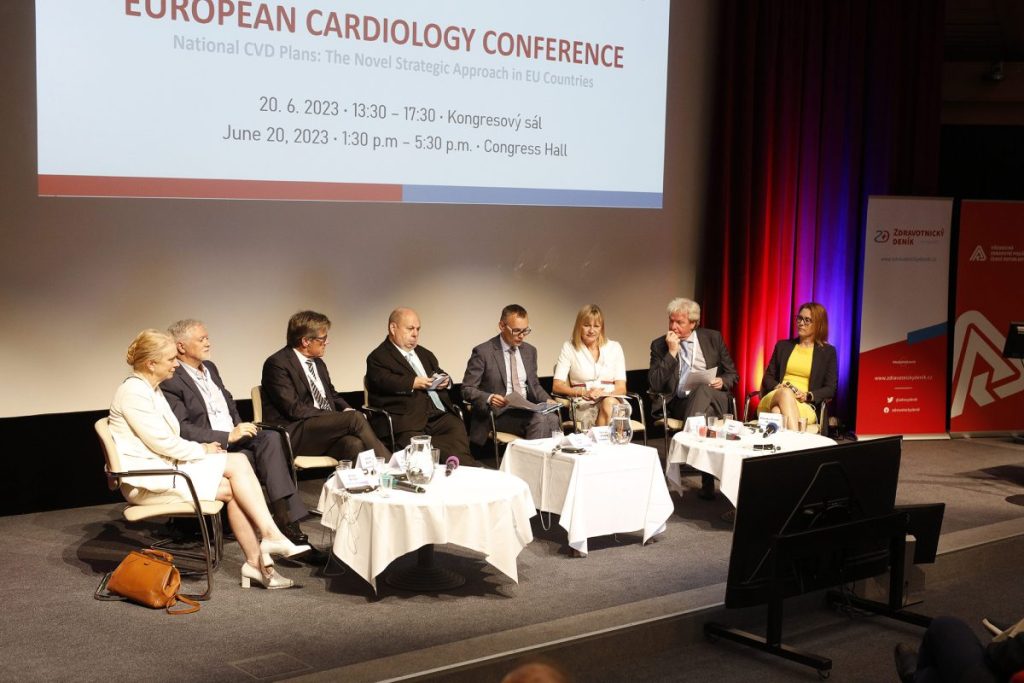
The primary use of the data includes personal health data in electronic form for EU citizens and their treating physicians, which can also be used in the provision of healthcare in other European countries. Specifically, these are so-called patient summaries with basic information on the patient’s health status, medicines taken, illnesses, operations, etc. It also includes electronic prescriptions, medical images, laboratory results and discharge reports. The European Union is also seeking to make secondary use of the data collected, making it available in anonymised form to researchers, public institutions and industry.
In the area of cardiovascular health, Fitzsimons said it is crucial to establish a detailed roadmap that has indicators, outputs and ongoing surveillance, as is the case with antimicrobial resistance (AMR). „With antimicrobial resistance, we are able to see results. We need public health researchers and clinicians on board giving us data and we also need resources that allow us to show the progress towards these goals. This is not a competition. This is about setting ourselves up for success,“ Fitzsimons noted.
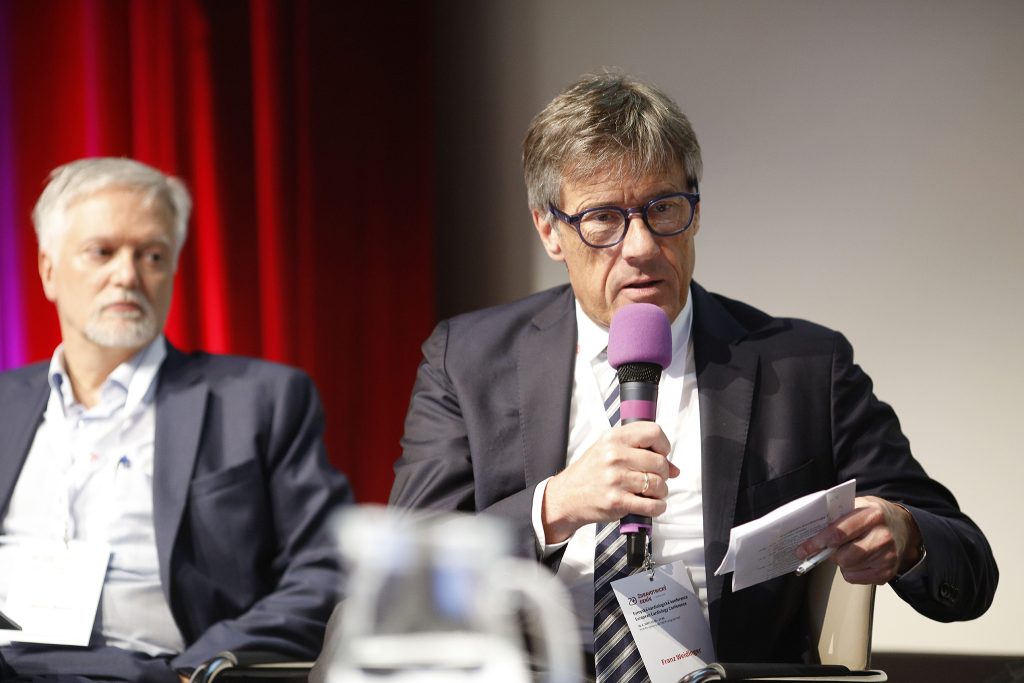
The European Union’s health financing strategy consists of the EU4Health programme, which was adopted in response to the covid-19 pandemic and to strengthen EU crisis preparedness with a total budget of €5.3 billion. The programme runs from 2021 to 2027 and is considered one of the main instruments to pave the way for the European Health Union. Every year, one billion euros is financed to healthcare from this programme. „The EU4Health is currently how we fund the best practice in cardiology. But the money isn’t ring-fenced – we have to make the argument and the plan in terms of how these resources should be used. But this will not come to us if we don’t make the plan to work together and achieve really strong cardiovascular health outcomes with this funding,” explained Fitzsimons.
The European Alliance for Cardiovascular Health (EACH) brings together 17 health organisations that focus on primary and secondary prevention, early detection, rehabilitation and quality of life for every patient. „Our common goal is to build the EU cardiovascular health plan. To do that we need a bottom-up approach as well“, Fitzsimons concluded.
Nela Slivková
Mohlo by vás zaujímať
Photo: Martin Kovář
